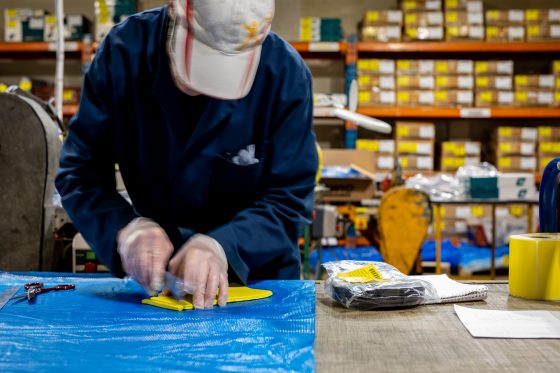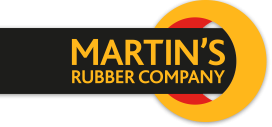The Advantages of Natural Rubber
Posted on 07/04/2016 Category: General Martins Rubber blog, Rubber moulding

In the high-tech world of modern industry, the thought of using a product that initially came from a tree seems a quaint idea, to say the least. However, considering how many products use vulcanised natural rubber derived from the Pará rubber tree, you’ll understand why we’re so fond of this fantastic rubber material.
Next time you jump in your car, spare a thought for how far your tyres have come—even before they began operating on your vehicle. Before those tyres were moulded, they were vulcanised. This process (closely associated with tyre magnate Charles Goodyear) involves heating natural rubber with either sulphur, peroxide, or bisphenol to improve its resistance and elasticity.
Before that, however, your tyres started life as dripping latex, which is tapped directly from the Pará rubber tree. Join Martin’s Rubber as we explore natural rubber’s properties and what rubber manufacturers use it for.
What is natural rubber?
Although the Pará tree is indigenous to South America, the British Empire introduced it to many of its more tropical former colonies, including India, Singapore and Malaysia – now one of the biggest rubber producers. From these trees comes latex, a sticky, milky substance that is harvested from incisions in the tree’s bark before being refined into rubber for commercial processing.
Natural rubber properties
Natural rubber is composed of the polymer polyisoprene. Typically, a small percentage of other materials – including proteins, fatty acids, resins, and inorganic materials – are found in natural rubber. Polyisoprene can also be made synthetically, producing what is known as “synthetic natural rubber”. Due to its unique physical and chemical properties, natural rubber in its raw form is susceptible to vulcanisation and sensitive to ozone cracking.
What are the advantages of natural rubber?
In its useful forms, natural rubber boasts a large stretch ratio, high resilience, and is extremely waterproof. Its many properties make it the Swiss Army knife of rubber materials! In addition to these advantages, natural rubber has a good resistance to cutting, tearing, wear, fatigue, and abrasion.
What is natural rubber used for?
In its raw, unvulcanised state, natural rubber is relatively useless. However, the scope and scale of vulcanised rubber products are pretty much unlimited. Everything from tyres (which comprise an estimated 70% of the world’s natural rubber production) to rubber gaskets, O-rings and electrical safety matting all started life from the humble rubber tree.
Find natural rubber solutions at Martins Rubber
Here at Martins Rubber, we test and design a huge array of rubber compounds. If you are looking to make use of our rubber moulding facilities for your rubber development application, then be sure to get in touch with us. Check out our technical articles and case studies to learn more about natural rubber and its many applications.


